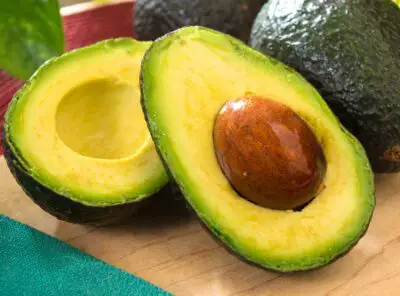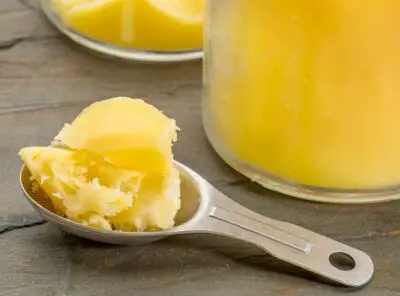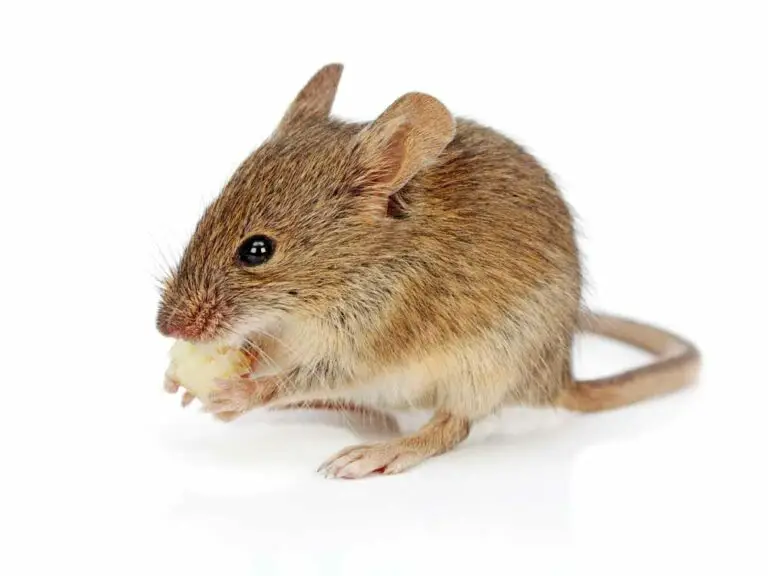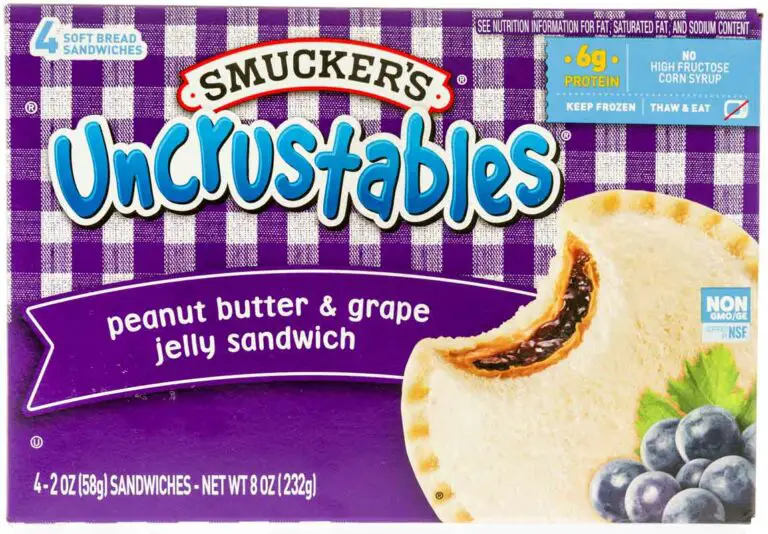Can Superworms Be Refrigerated?
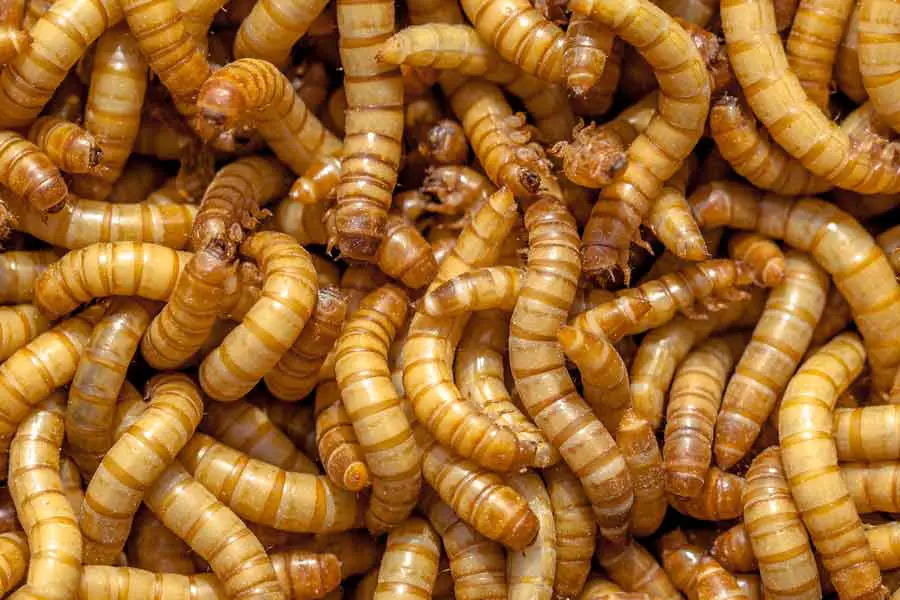
Sure, superworms (Zophobas morio) can survive in the refrigerator. Whether or not it’s a good idea seems to be the consensus.
These wiggly buggers are excellent feed for our reptiles. It’s ideal for us to have them for long periods since they’re not as available as mealworms.
In this short read, we’ll dive into the details of whether can superworms be refrigerated. We’ll also find out another way to keep these nutritious wigglers.
How to Freeze Superworms?
Superworms, like regular food, will last in the freezer the longest. Yet, freezing will degrade their nutritional value.
To freeze superworms, you should begin by feeding them with something nutritious, like a fruit or vegetable. This allows them to store more nutrition for the long haul.
You should put them in the freezer for 15–20 minutes. This method lets them pass away in the most humane way possible.
Next, clean your superworms by rinsing and drying them thoroughly. Freeze-dry them at -40°F (-4°C) afterward.
Finally, you should seal them in a container to avoid freezer burn. Your dried superworms are now ready for the freezer.
How Long Can You Freeze Superworms Safely?
Freeze-dried superworms can last nearly a year in the freezer. However, it’s not recommended to avoid nutritional value loss.
However, it’s practical if you already own a freeze-dryer. Otherwise, you’re better off buying fresh superworms from a reputable supplier.
Can I Keep Superworms in the Fridge?
You can keep superworms in the fridge, provided you set the temperature and their living space properly. In this way, you’ll lessen the chance of killing your feeders.
The right temperature for superworms in the fridge is 50°F to 60°F (10°C to 15°C). Any lower will surely kill them.
Once you set the temperature, prepare their home. It must be a ventilated vessel, such as a lidded plastic container.
Furthermore, provide bedding for your worms. You can use paper towels.
Better yet, oatmeal or wheat bran can absorb moisture and provide comfort for your superworms. Plus, they’ll provide fiber to promote their digestive systems.
Speaking of food, leave them a small piece of fruit or veggie. This is also a healthy way to provide them with a controlled source of moisture.
Why Shouldn’t Superworms Be Kept in the Fridge?
Refrigerators are naturally moist and cold spaces. The cooler temperature will slow down metabolism in superworm, and it can kill them if it goes far below 50°F.
Besides, the moisture may be challenging to control. In any case, using a hygrometer and thermometer is best to track moisture and temperature.
You may also notice condensation in their holder, in which case it’s too moist. Wipe the walls inside dry and add more ventilation by poking holes.
Ensure the worms are fine and that mold isn’t growing. You should also adjust the temperature as necessary.
Overall, you can refrigerate superworms given you prepare and maintain their habitation. That means that they need above 50°F, low moisture, and a piece of fruit or vegetable on their bedding.
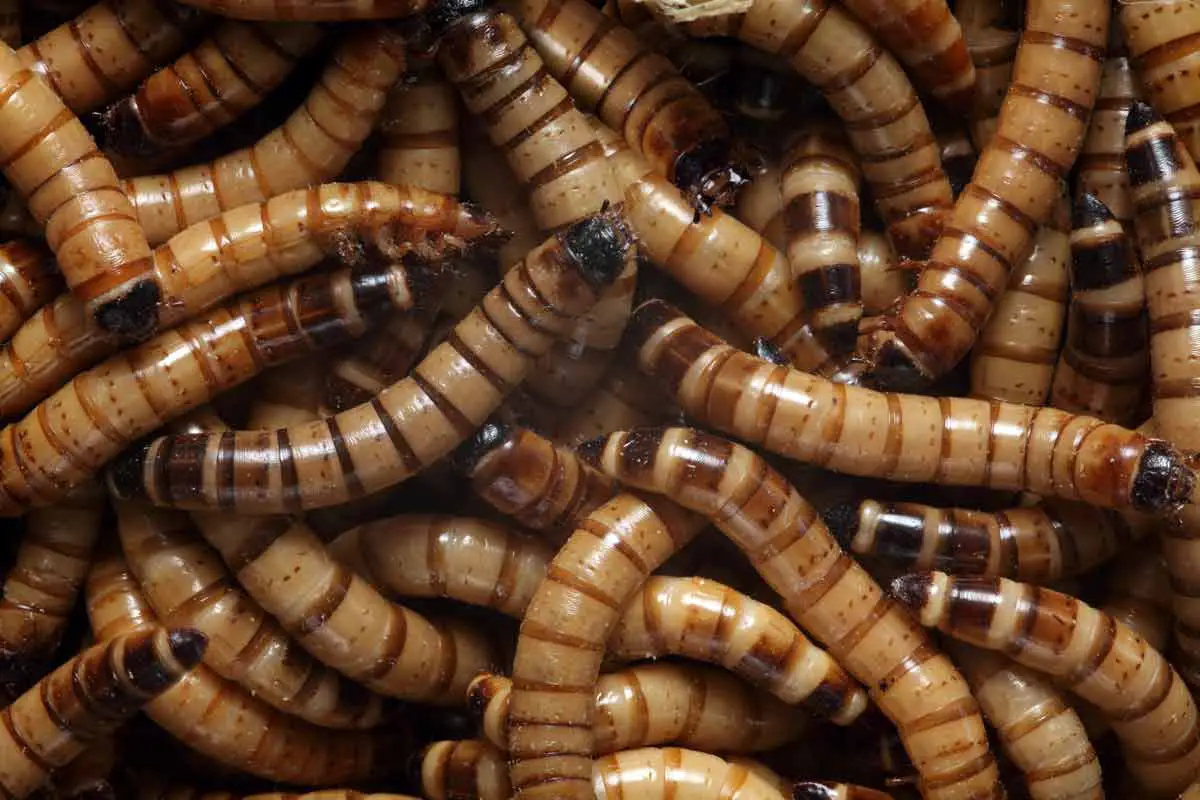
How Do I Feed Superworms to My Pet After Taking Them Out of the Fridge?
Whether refrigerated or frozen, the same process applies before feeding superworms to your pet. You don’t want your pet to get sick, so follow these steps:
- Remove the superworms from the freezer or fridge.
- Place them somewhere at room temperature.
- Wait as long as it takes them to thaw fully.
The superworms should also be at room temperature to safely feed them to your pet. You may also place them in a bowl of lukewarm water to speed up the process.
Shake off any excess water, if needed. Plus, you should dust them with calcium powder before feeding them to further nutrify your pet.
Final Thoughts
Superworms have super nutrition for reptiles, birds, and most fish. They’re bigger and more expensive than mealworms.
If you’re wondering, “Can superworms be refrigerated?” The answer is yes. The resulting stagnant metabolism in them will prolong their state.
However, use proper maintenance, so they don’t die from excess moisture or eat each other from the lack thereof.
Freezing is another option if you’re okay with lower nutrition content for your pet. Before using them as pet food, be sure they are completely thawed.


